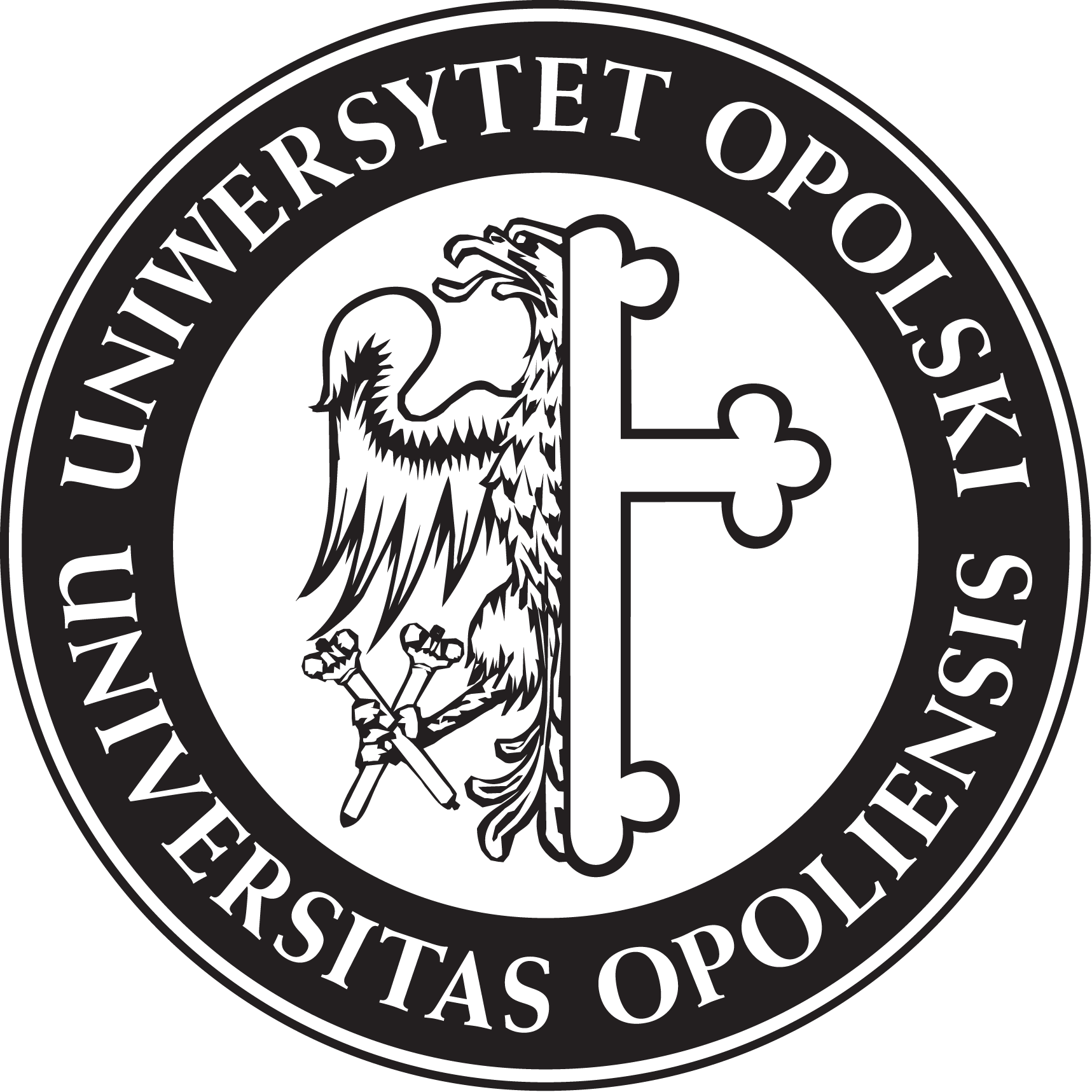Author guidelines
- Fragmenta Naturae (formerly Nature Journal) is a peer-reviewed, open access journal publishing original papers, short notes and reviews in the area of natural history and the life sciences.
- All submitted papers are subject to preliminary evaluation by Associate Editors, than are reviewed by at least one independent, anonymous reviewer. The final decision is made by the Editor-in-Chief.
- Articles are published in Polish and English with a Polish summary. Short notes are published in Polish only with both a Polish and English title.
- No submission charges are required for publishing in Fragmenta Naturae. Free access to the final PDF versions of articles is provided on the journal website.
- Manuscripts should be submitted electronically to the Editor-in-Chief via e-mail (mazurmilosz[at]gmail.com). Files larger than 25MB (including photographs, figures, drawings etc.) should be sent via public Internet applications such as Google Drive or WeTransfer.
- Manuscript guidelines
- All manuscripts should include Polish and English titles (if needed, the Editorial Office will take care of the Polish translation). Each author must provide his/her affiliation or mailing address as well as an e-mail address;
- In the case of multi-author papers, the corresponding author should be appointed;or, if it is not indicated, then the Editorial Board will consider it to be the first author of the paper;
- The manuscript should include a concise abstract and key words. This does not apply to short notes;
- Please provide a concise, shortened title (up to 50 characters with spaces);
- All graphs, figures, photographs etc. should be sent as separate files; and figure captions should be included at the end of the manuscript;
- All tables and associated captions should be uploaded as separate files;
- The manuscript and tables should be prepared in a Windows compatible format as a .doc, .docx, or .odt text file;
- Photographs and graphics should be sent in .jpg or .tiff formats (without compression);
- Manuscripts should be prepared using Times New Roman font, size 12 points, with a spacing of 1.5 lines;
- All taxonomic names of the generic and lower ranks should be written in italics. Please do not use any other distinction in the manuscript.
- All generic and lower-rank taxonomic names should be given at least once (at the first mention) in full name format with the naming author and description date;
- References should list all works cited in the text, except in short notes (see below);
- All photographs and graphs should be cited in the text. We do not recommended using images sourced from the Internet, unless the Author obtains a permission of the owner of the materials for their use;
- Fragmenta Naturae is not responsible for any unauthorized use of materials by authors of submitted manuscripts;
- The Editors reserve the right to correct linguistic errors and to shorten texts, as part of the editing process. In the event of substantial errors, that require re-drafting of the language throughout the text, this will be possible at the Author(s) expense, after prior consultation.
- Citation format
- Citations in the text should be presented in chronological order separated by a comma, e.g.: (Nowak 1998, Mazur & Jasinski 2000, Nowak et al. 2001);
- In the case of two authors, we use the conjunction “and” or “&” in English-language texts (Mazur and Jasinski 2000). In the case of three or more authors, we quote in the text – Nowak et al. 2001;
- In situations where citing more than one paper of the same author, the citations should be presented in alphabetical and chronological order;
- Where citating more than one paper by the same author published in the same year, these should be distinguished by lower-case letters entered after the year, e.g. (Trojan 1987a, 1987b);
- The format for presenting the cited works in the References should be as follows:
Single article:
Masłowski A. 2010. Article title. Full name of the journal, 14(5): 25–36.
Masłowski A., Bednarski O. 2003. Article title. Full name of the journal, 8(5): 15–21.
Books:
Szujecki A. 1983. Book title. Publisher name, City.
Book chapters:
Mroczkowski M., Stefańska J. 1991. Coleoptera – chrząszcze, In: Razowski J. (Ed.), Wykaz zwierząt Polski. T. III, cz. XXXII / 22, 23: 1–56. Publisher name, City.
Works published on the Internet only with a DOI number (early access) are given with the online publication date:
Cordero-Rivera A. 2017. Phenotypic variability in Hemiphlebia mirabilis (Odonata: Hemiphlebiidae): insights into the origin of the discoidal cell in odonates. Austral Entomology. DOI: 10.1111/aen.12262
Internet resources
Bourgoin Th. 2014. FLOW (Fulgoromorpha Lists on The Web): a world knowledge base dedicated to Fulgoromorpha. Version 8, updated 25 October 2014, accessed 25 October 2014. http://hemiptera-databases.org/flow/
In short notes references should be inserted in the main text, e.g.:
According to last checklist of the weevils of Poland, more than 870 species of Curculionidae have been recorded so far (Wanat M., Mokrzycki T. 2005. A new checklist of the weevils of Poland (Coleoptera: Curculionoidea). Genus, 16 (1): 69–117). The new species presented below…
Works written in non-Latin alphabet (Cyrillic, Sanskrit, Persian, Asian alphabets, etc.) should be transliterated in the References into the Latin alphabet (if such a form was included in the original publication) with a note of the original language at the end of the reference:
Ter-Minassian, M. E. 1988. Zhuki-dolgonosiki podsemejstva Cleoninae fauny SSSR. Kornevyje dolgonosiki (triba Cleonini). Nauka, Leningrad, 234 pp. (in Russian)
Sanaei E., Seiedy M. 2015. Faunistic study of the family Apionidae (Coleoptera: Curculionoidea) in Taleghan City (Alborz Province) with introducing of three new records for Iran. 1st Iranian International Congress of Entomology, 29–31 August 2015, s. 126. (in Persian)
